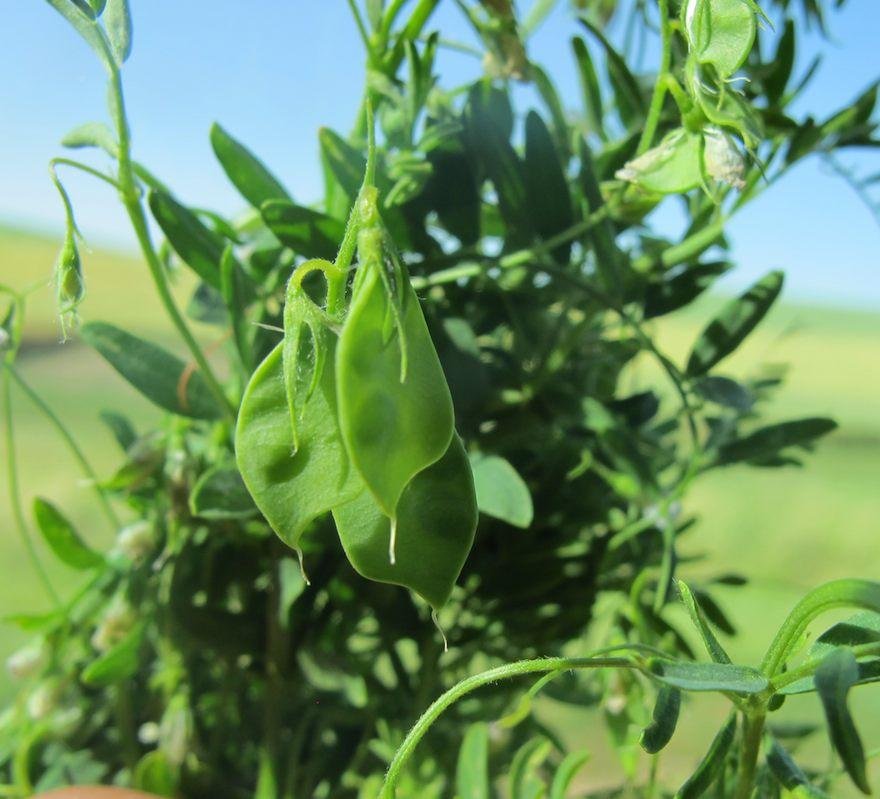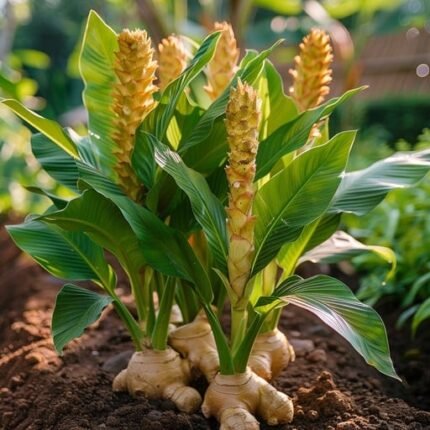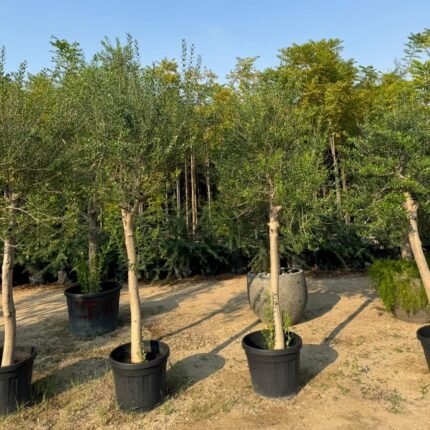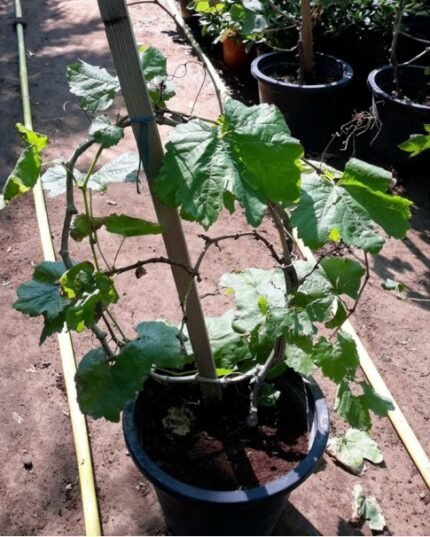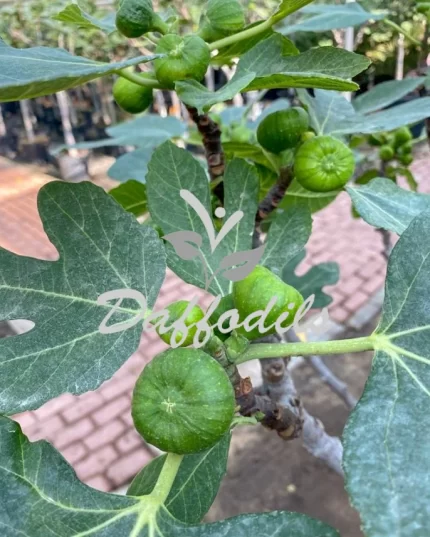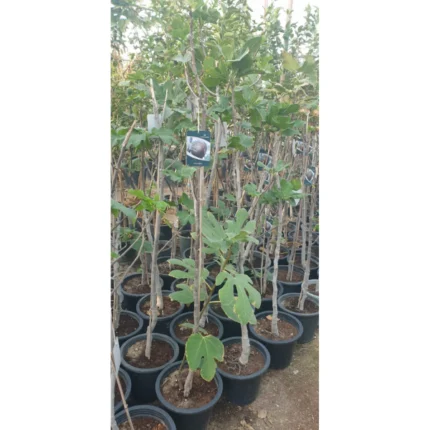Lentils
Lentils (Lens culinaris) are hardy, cool-season legumes that can be grown in a variety of climates. They are easy to grow and can be a great addition to your garden or small farming plot.
Qur’anic Significance of Lentil
Lentils are mentioned in the Qur’an in Surah Al-Baqarah (2:61), where the Children of Israel requested a variety of foods, including lentils, as part of their desires for earthly sustenance. The verse reflects the human tendency to desire comfort and variety in food, even when divine provisions are abundant. Although not portrayed as a central food in the Qur’an, lentils are considered a nutritious, humble food, symbolizing sustenance, simplicity, and the blessings of Almighty. Their mention emphasizes the importance of gratitude for Almighty’s provisions, both simple and abundant.
Planting & Care Tips:
Sunlight: Lentils prefer full sun to grow well. Ensure they receive at least 6–8 hours of direct sunlight each day.
Soil: Lentils thrive in well-drained, loamy soil that is slightly acidic to neutral (pH 6.0–7.0). Enrich the soil with organic matter like compost to improve fertility and drainage.
Watering: Water lentils regularly, but avoid overwatering. The soil should stay moist, especially during the flowering and pod-setting stages, but never waterlogged. Reduce watering once the pods start maturing.
Temperature: Lentils grow best in cool to moderate temperatures, ideally between 55–75°F (13–24°C). They are frost-sensitive, so plant them after the last frost of spring.
Fertilizer: Lentils do not require heavy fertilization, as they can fix their own nitrogen from the atmosphere. However, adding a balanced fertilizer (like 10-10-10) at planting time can support early growth if your soil is poor in nutrients.
Pruning: Lentils generally don’t require pruning, but keep an eye out for any damaged or dead branches. Trim these to help promote airflow and prevent disease.
Repotting (for container growing): If you’re growing lentils in containers, choose a pot with drainage holes and repot every season to ensure the soil remains fertile and the plant has enough room to grow.


